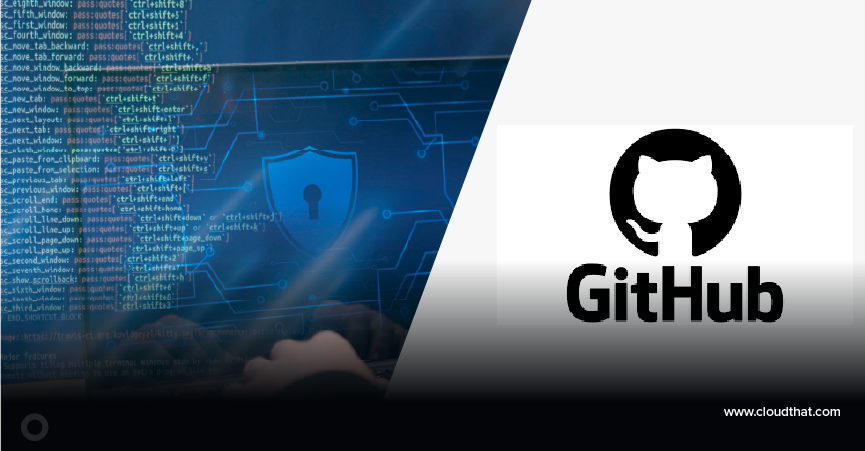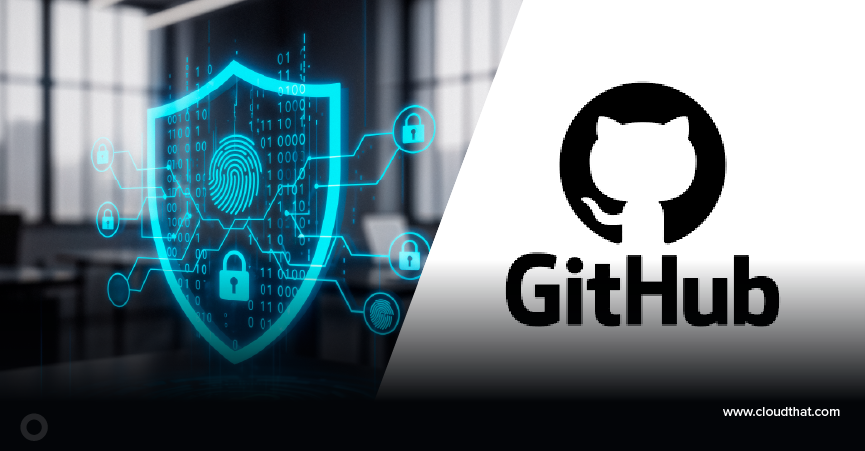|
Voiced by Amazon Polly |
Introduction
In moving to the cloud, several teams deploy the lift-and-shift approach, where virtual machines are set up in the cloud by moving existing workloads. Although this method brings them to the cloud, it doesn’t generally use its features for more or less than elasticity, managed services, and event-driven architectures.
In this blog, we will revolutionize the show by comparing an event-driven application around AWS Step Functions and AWS Event Bridge.
Pioneers in Cloud Consulting & Migration Services
- Reduced infrastructural costs
- Accelerated application deployment
The Problem
Orchestrating a Multi-Step Onboarding Workflow
For instance, we can outline a SaaS platform as an example. These are the steps to be taken when a new user completes the sign-up process:
Create a user record in Amazon DynamoDB. Send a welcome email via SESProvision user-specific resources (e.g., an Amazon S3 folder). Notify internal systems via Slack or a webhook.
Each implies that a different service and possibly different teams are employed with several error-handling paths. How do we design a system that is both scalable and decoupled and, in terms of observability, capable of handling these situations?
The Solution: AWS EventBridge + AWS Step Functions
Key Concepts:
- AWS EventBridge provides an event-driven, decoupled mechanism for the communication of services.
- AWS Step Functions are state machines that model workflows; they handle retries, branching, parallel execution, etc.
- Their combined usage will make the system more adaptable to changes and easier. It will also reduce the time needed to localize the fault, and it can be watched.
Step-by-Step Implementation
- Emit the Event
Your AWS Lambda function behind the/signup API only throws an event into the AWS EventBridge.
|
1 2 3 4 5 6 7 8 9 10 11 12 13 14 15 16 17 |
import boto3 import json client = boto3.client('events') def lambda_handler(event, context): response = client.put_events( Entries=[ { 'Source': 'myapp.signup', 'DetailType': 'UserSignup', 'Detail': json.dumps({'user_id': '12345'}), 'EventBusName': 'default' } ] ) return {"statusCode": 200, "body": "Event sent."} |
|
1 2 3 4 |
{ "source": ["myapp.signup"], "detail-type": ["UserSignup"] } |
This rule invokes an AWS Step Functions state machine, forwarding the user_id.
2. Build the State Machine
And here’s the same state machine defined in a simplified JSON format:
|
1 2 3 4 5 6 7 8 9 10 11 12 13 14 15 16 17 18 19 20 21 22 23 24 25 |
{ "StartAt": "CreateUser", "States": { "CreateUser": { "Type": "Task", "Resource": "arn:aws:lambda:region:acct:function:CreateUser", "Next": "SendEmail" }, "SendEmail": { "Type": "Task", "Resource": "arn:aws:lambda:region:acct:function:SendWelcomeEmail", "Next": "CreateS3Folder" }, "CreateS3Folder": { "Type": "Task", "Resource": "arn:aws:lambda:region:acct:function:CreateUserS3", "Next": "NotifySlack" }, "NotifySlack": { "Type": "Task", "Resource": "arn:aws:lambda:region:acct:function:NotifySlack", "End": true } } } |
Benefits
Decoupling
Services don’t talk to each other directly. You can add or remove consumers without changing publishers.
Observability
AWS Step Functions offers built-in monitoring and visual execution flows. Debugging becomes easier than tailing logs across services.
Resilience
AWS Step Functions manages retries and fallbacks. You can even add Catch blocks to handle failures gracefully.
Real-World Enhancements
- Security: Use AWS IAM roles with least privilege for each function.
- Auditability: Log all events in an Amazon S3 bucket or Amazon CloudWatch for compliance.
- Multi-Tenancy: Add tenant IDs in events to isolate flows per user.
Conclusion
This model decouples logic between an application and a service, offers better operational visibility, and greatly decreases failure blast radius, while remaining serverless and cost-effective. So next time you’re automating something more than a single task, think workflow, not workaround.
Drop a query if you have any questions regarding AWS Step Functions and we will get back to you quickly.
Empowering organizations to become ‘data driven’ enterprises with our Cloud experts.
- Reduced infrastructure costs
- Timely data-driven decisions
About CloudThat
CloudThat is an award-winning company and the first in India to offer cloud training and consulting services worldwide. As a Microsoft Solutions Partner, AWS Advanced Tier Training Partner, and Google Cloud Platform Partner, CloudThat has empowered over 850,000 professionals through 600+ cloud certifications winning global recognition for its training excellence including 20 MCT Trainers in Microsoft’s Global Top 100 and an impressive 12 awards in the last 8 years. CloudThat specializes in Cloud Migration, Data Platforms, DevOps, IoT, and cutting-edge technologies like Gen AI & AI/ML. It has delivered over 500 consulting projects for 250+ organizations in 30+ countries as it continues to empower professionals and enterprises to thrive in the digital-first world.
FAQs
1. Why do we want to use AWS EventBridge and not call AWS Step Functions directly from AWS Lambda?
ANS: – By working with Amazon EventBridge, you create a loose-coupling of your services. If you have an AWS Lambda function call AWS Step Functions directly, you establish a close dependency between them. This can be difficult to scale or migrate as your architecture grows and develops, especially for microservices-based organisations where different teams own the services.
2. Will my AWS Step Functions state fail if a step in the state fails?
ANS: – AWS Step Functions are designed for fault tolerance. If a single state (task) fails, you can specify a Retry policy, which causes the task to automatically retry itself based on error type and number of attempts.

WRITTEN BY Rajveer Singh Chouhan
Rajveer works as a Cloud Engineer at CloudThat, specializing in designing, deploying, and managing scalable cloud infrastructure on AWS. He is skilled in various AWS services as well as automation tools like Terraform and CI/CD pipelines. With a strong understanding of cloud architecture best practices, Rajveer focuses on building secure, cost-effective, and highly available solutions. In his free time, he keeps up with the latest advancements in cloud technologies and enjoys exploring infrastructure automation and DevOps tools.


 Login
Login


 May 19, 2025
May 19, 2025 PREV
PREV










Comments